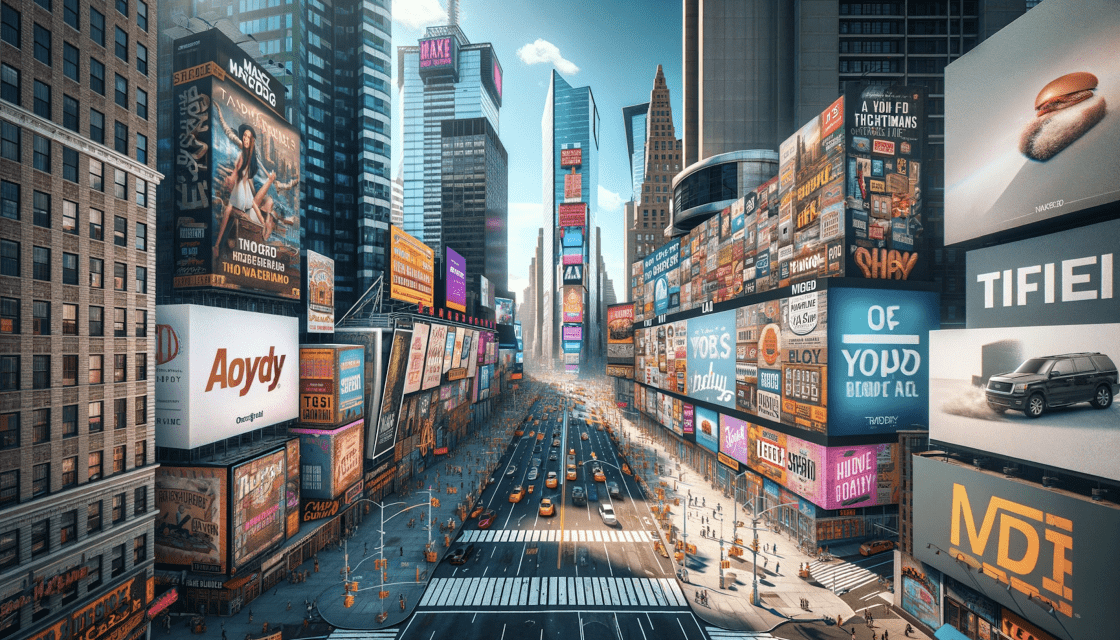In the cacophony of modern life, where the average consumer is bombarded with thousands of advertisements daily, it’s become abundantly clear that the system is fractured and in desperate need of repair. This open letter, featured in Lonsdale Avenue Magazine, seeks to address the fundamental issues plaguing the advertising world and proposes a path forward—a path centered on authenticity, consent, and meaningful engagement. This website you are reading, uses some advertising systems with automated optimization turned on, which will prove the point of this article as it is intrusive, but there is not much we can do at the moment with current advertising tools, and thus we need to discuss this transparently in all directions. The irony is clear, to us and you. The world needs better ad tools.
The Fragmented Landscape of Modern Advertising
The advertising industry today is a far cry from its early days of simple, direct communication. It has evolved into a complex, often intrusive beast that saturates every possible medium with relentless messaging. The prevailing strategy appears to be one of “throwing money at the problem,” with brands investing heavily in ad campaigns that often miss the mark. This approach has led to a fragmented landscape where intrusive ads disrupt user experiences, and targeting algorithms frequently fail to align with consumer interests.
The Norm of Throwing Money at Advertising
One of the most pervasive issues in advertising is the tendency to equate high expenditure with high efficacy. Companies pour vast sums into ad campaigns without a clear strategy, hoping that sheer volume will translate into consumer engagement. This method is not only inefficient but also contributes to the overall noise and clutter that consumers have learned to tune out. The adage “less is more” has never been more relevant, yet it is consistently ignored in favour of over-saturation.
The Intrusiveness of Modern Ads
Consumers today are subjected to a barrage of intrusive and irrelevant ads. From pop-ups that disrupt browsing to unskippable videos that interrupt streaming, the industry has perfected the art of annoyance. This intrusiveness not only frustrates users but also diminishes the effectiveness of the ads themselves. When people are forced to endure ads that have no relevance to their interests or current activities, it breeds resentment and disengagement.
Asking Consumers What They Want to See
The solution to this pervasive problem lies in a simple yet profound shift in approach: asking people what they want to see. Imagine an advertising ecosystem where consumers are actively involved in the process, where their preferences and interests shape the ads they encounter. By using advertising as a discovery tool that matches user intent, brands can create more meaningful and engaging experiences.
Advertising as a Discovery Service
To transform advertising into a discovery service, we must include consumers in the decision-making process. This means moving away from the one-size-fits-all model and embracing personalization based on direct input from the audience. Consumers should have the power to choose the types of ads they want to see, turning a passive experience into an active and enjoyable one.
Permission-Based Advertising
The most effective way to reach consumers is through permission-based advertising. By explicitly asking for consent and preferences, brands can ensure that their messages are welcomed rather than resented. This approach not only respects the consumer’s autonomy but also increases the likelihood of engagement and conversion. Anything beyond this is mere guesswork, which risks alienating potential customers and damaging brand reputation.
Simplifying Advertising
Advertising does not need to be complicated or overwhelming. At its core, it should be about authenticity and sincerity. Brands must stop bombarding people with irrelevant messages and focus on delivering content that genuinely resonates with their audience. By considering the humanity and utility of their ads, companies can foster positive relationships with consumers.
The Power of Great Advertisements
Great advertisements speak directly to their audience, creating memorable and impactful experiences. The best way to achieve this is to ask people what they want to see. By simplifying the process and prioritizing consumer preferences, brands can create ads that are not only effective but also appreciated. The goal should be to make it as easy as possible for consumers to find products and services that align with their needs and desires. Which will naturally change over time.
Closing Thoughts
In conclusion, the advertising industry stands at a crossroads. The path forward is clear: stop overcomplicating, be sincere, seek consent, and prioritize utility. By embracing these principles, we can transform advertising from an annoying mess into a meaningful dialogue between brands and consumers.
Let’s fix advertising by listening to the very people it seeks to engage.


